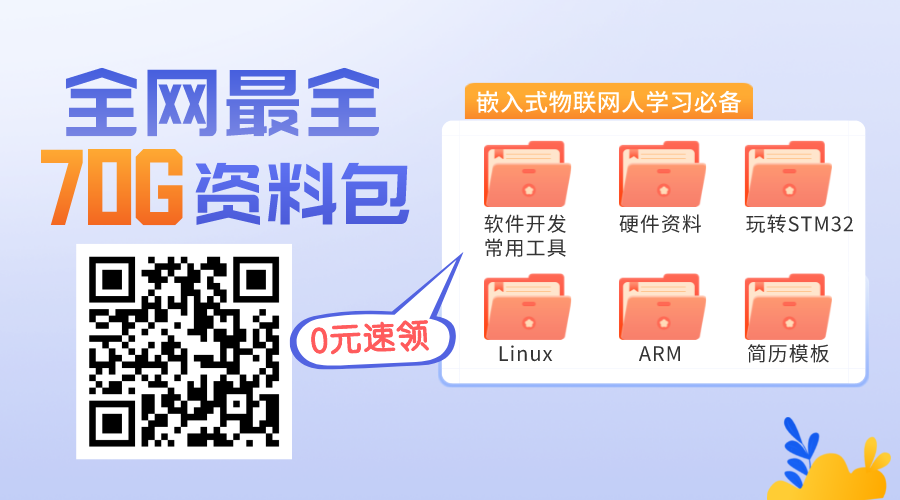With the accelerated integration of new generation information technologies such as the Internet of Things, cloud computing, artificial intelligence, and big data with traditional industries, we are entering a brand new era of industrial intelligence. In this era, data begins to dominate everything, making machines intelligent and enabling systems to learn to think.
The electronic information manufacturing industry has an unprecedented variety of product types and a rapid pace of product upgrades, which brings about the demand for flexible and adaptable production. Additionally, with the decline of the demographic dividend, rising labor costs, and the drive for cost reduction, efficiency improvement, environmental protection, and product quality enhancement, there is also an increase in the level of automation and intelligence.
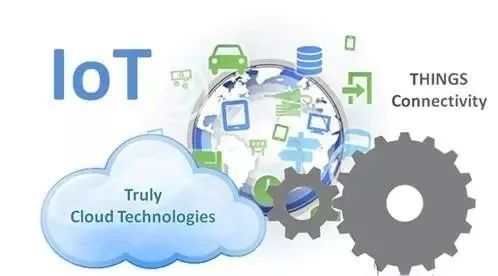
Our understanding of industrial intelligence is the transformation of production organization methods or the reconstruction of industry efficiency models brought about by technology.
Intelligent manufacturing allows enterprises to adopt smarter production methods in research and development, production, management, and services, based on reasonable overall planning and top-level design:
Following the development direction of intelligent manufacturing elements → intelligent manufacturing capabilities → intelligent manufacturing systems
To obtain intelligent manufacturing elements in a phased and continuous manner, establishing, improving, and expanding the intelligent manufacturing capabilities of enterprises in various aspects such as research and design, production, logistics and warehousing, order acquisition, and product services, ultimately forming a complete, efficient, and scientific intelligent manufacturing system.
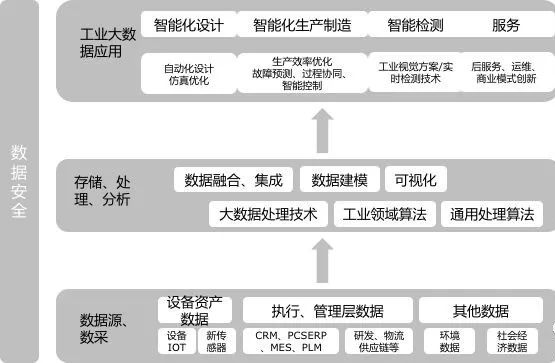
With the widespread application of the Internet, advanced manufacturing has entered a networked stage characterized by the interconnection of all things.
Currently, based on the rapid advancements in technologies such as big data, cloud computing, and machine vision, artificial intelligence is gradually integrating into the manufacturing field, and advanced manufacturing is beginning to enter the intelligent manufacturing stage centered around a new generation of artificial intelligence technologies. However, limited by the development level of artificial intelligence technologies and the immature application in the manufacturing industry, the current “intelligent manufacturing” is still far from reaching the fully intelligent stage of “adaptive, self-decision-making, and self-executing”.
Embedded artificial intelligence fills this missing link.
After decades of development, the technology involved in the Internet of Things has become increasingly broad, and the requirements for development platforms have become higher. Operating systems have transcended the traditional operating system kernel scope and started to integrate more and more capabilities. By deeply combining software and hardware, we achieve extreme performance and cost advantages.
Produced by Huqing Yuanjian: Intelligent Sorting Simulation Training Product
The scarcity of talent has become a problem—talents cultivated by universities can no longer meet the rapid development needs of enterprises, especially in the rapidly developing Internet of Things industry.
With the evolution from embedded systems to the Internet of Things, the complexity of technology has increased. The insufficient supply of professionals has become one of the obstacles to the rapid growth of this industry. The embedded industry presents the following characteristics:

The Central Cybersecurity and Informatization Commission issued the “14th Five-Year Plan for National Informatization Development,” which makes deployment arrangements for the informatization development during China’s 14th Five-Year Plan period. The “Plan” clearly defines the task of carrying out lifelong digital education. It aims to enhance the level of educational informatization infrastructure construction, build a high-quality educational support system, improve the national digital education resource public service system, and expand the coverage of quality resources. It promotes the integration of information technology and intelligent technology with educational teaching reform. It leverages the advantages of online education and virtual simulation training, deepening the application of big data analysis in the education field, and continuously expanding and optimizing educational services at all levels and types and lifelong learning services. It explores the expansion of credit bank pilot projects and the accumulation, certification, and transformation of results, building a public service system for lifelong learning experiences.
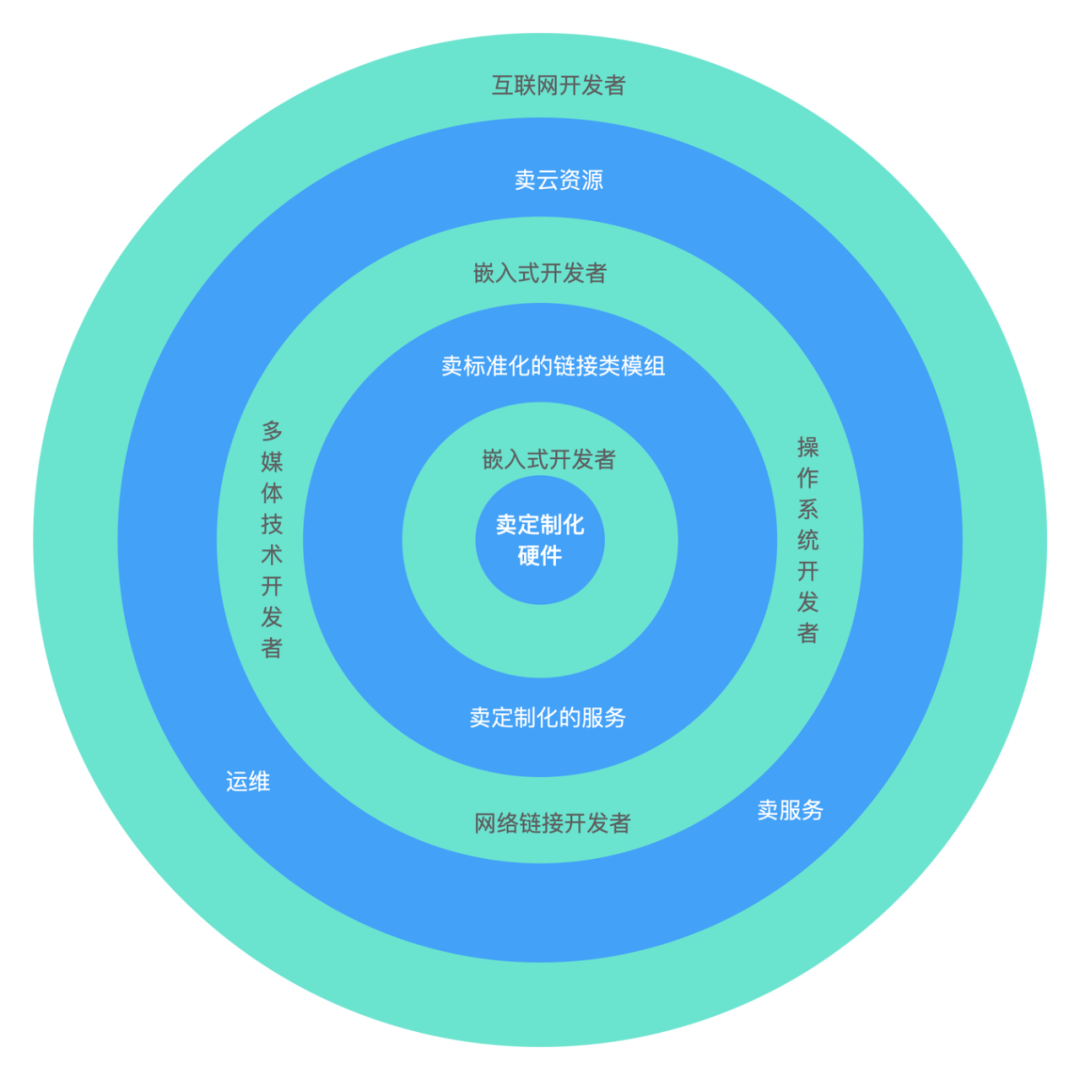
Embedded systems are undoubtedly one of the hottest and most promising IT application fields today. The income of practitioners also increases with years of service and accumulation of experience.
A white paper report released in March 2022 surveyed 9,563 intelligent hardware practitioners, revealing the current income distribution of embedded engineers as follows:
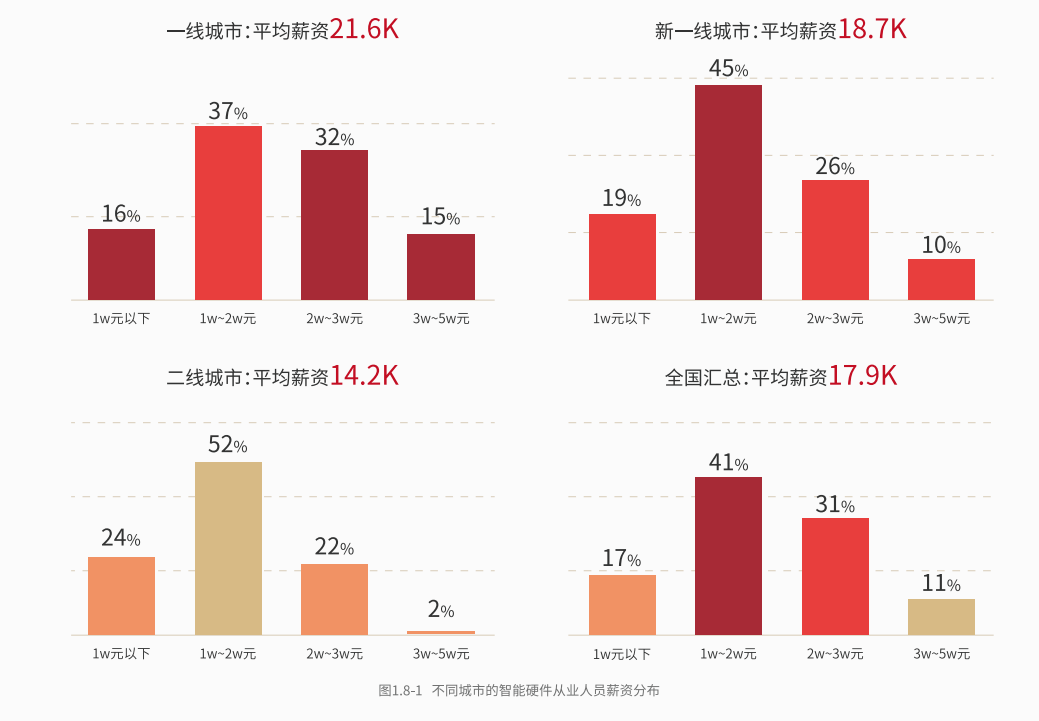
Receive the industry white paper
Follow the official WeChat account of Huqing Yuanjian
Daily updates of fresh information
Huqing Yuanjian—High-end IT Education and Training Expert
Previous Recommendations
●
Three Hurdles for Programmers in the Workplace: Annual Salary of 300,000, 500,000, 1,000,000
●
What is “hotter” than civil servants in 2022? 【Programmers’ Iron Rice Bowl】
●
Senior Yu: When you truly want to do something, the whole universe will help you!
